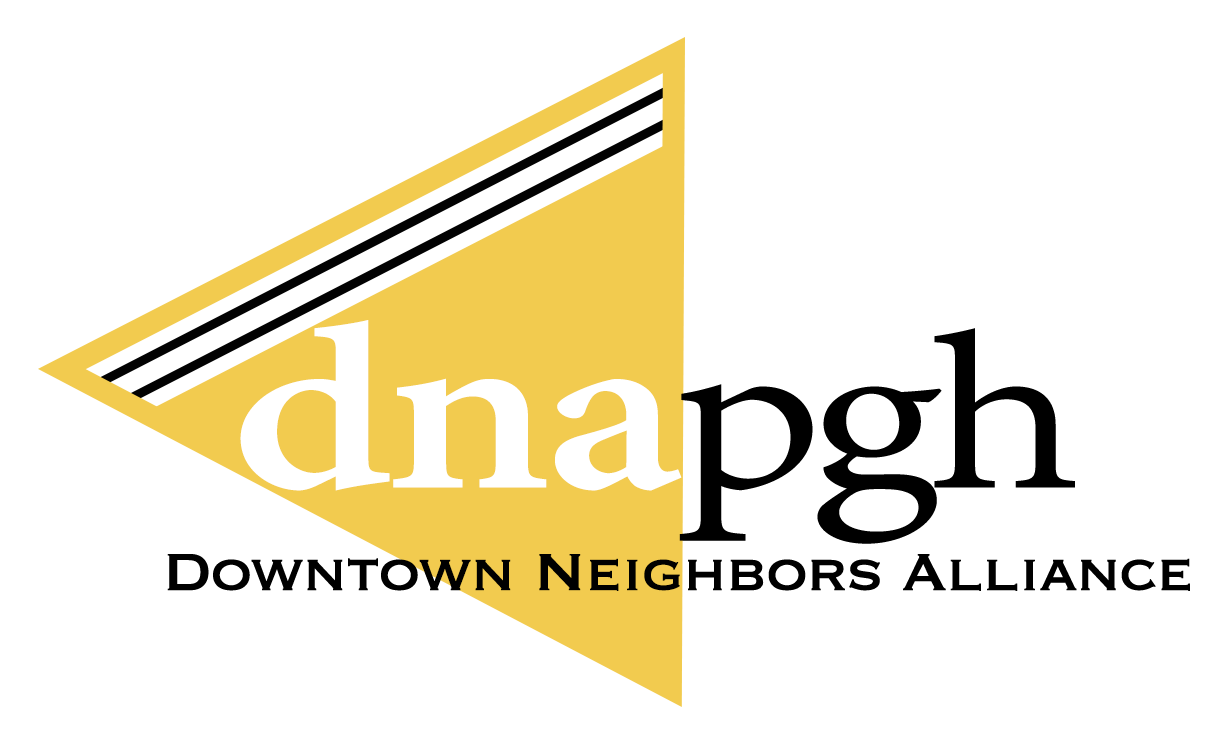Building A Sustainable Future with Green Roofs
Written By Delaney Pippon
Pittsburgh's skyline may soon be getting a green makeover, thanks to an initiative by the Downtown Neighbors Alliance. The Green Roofs project aims to transform the city's rooftops into vibrant, eco-friendly spaces, promising a host of environmental and economic benefits.
At the heart of this initiative is a simple yet powerful concept: covering building roofs with grass and vegetation. The impact could be substantial, as indicated by the County Building's existing partial green roof. There, is a striking temperature difference of 40 degrees on a summer day between grass-covered and asphalt sections that highlight the potential for significant energy savings across the city.
But the benefits extend beyond mere cost reduction. These living roofs act as natural air purifiers, releasing water vapor that creates a cooling effect over the urban landscape. This process not only helps to reduce CO2 emissions but also contributes to improved air quality, aligning perfectly with the Alliance's broader Living Well Initiative.
While the concept of green roofs isn't new, recent technological advancements have made them more accessible than ever. Lightweight soil substitutes now allow for implementation on a wider range of buildings, overcoming previous structural limitations that hindered widespread adoption.
Drawing inspiration from cities like Singapore, renowned for its green architecture, Pittsburgh has the opportunity to position itself as a leader in urban sustainability among U.S. cities. The Alliance is moving swiftly, with a two-year timeline and ongoing discussions with downtown partners.
This green revolution isn't just about aesthetics or environmental responsibility; it's also an economic opportunity. The project could catalyze a new sector in the local economy, tapping into the growing demand for sustainable urban solutions.
With the Green Roofs project, Pittsburgh is turning unused space into a powerful tool for urban improvement. As vegetation spreads across the city's rooftops, residents can look forward to cleaner air, lower energy costs, and a more resilient downtown.

